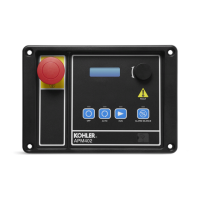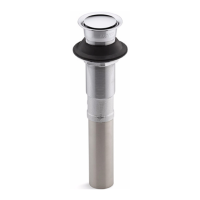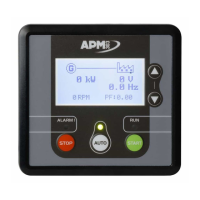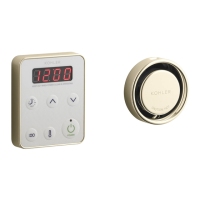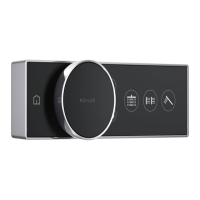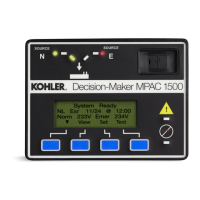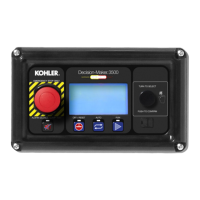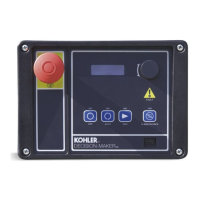4 — PROGRAMMABLE PARAMETERS
pg. 65
Return to TOC Curtis AC F2-A, F4-A, F6-A Motor Controllers – FOS 4.5 – April 2022
throttle, the signal-voltage is also converted to a percentage (Percent, see the Inputs menu) and then
processed in VCL. In these cases, the variable VCL_rottle_Pot is used to process throttle signals
through the map function (where 0 – 1000
–
–
–
0 – 100%), versus using VCL_rottle, which does not
pass through the mapping blocks in Figure 22.
Following the throttle mapping is the switch for selecting VCL_rottle as the input, when the
parameter VCL_rottle_Enable is set (On). Continuing, the next modier is the HPD State machine
that uses the settings based upon the HPD SRO Type and the Sequencing_Delay parameters. At this
point in the signal chain, to modify the throttle signal further, use the rottle_Multiplier parameter,
which is useful in VCL throttle processing. e throttle signal will then be between ± 100% and
accessible using Mapped_rottle monitor variable. Final modication is via the rottle_Filter_
Frequency (0x33D9), where a low-pass lter is applied. Higher values will make the throttle more
responsive to quick changes. Lower values will make the throttle less responsive and subject to
electrical noise. Barring events that will “zero” the throttle (see the list in Figure 22), the throttle
signal will pass to the control mode block and onto the motor control algorithm code as the rottle_
Command monitor variable. Figure 22 shows the branch to dual drive. For dual drive applications,
refer to the F-Series Dual Drive manual supplement.
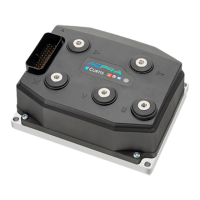
